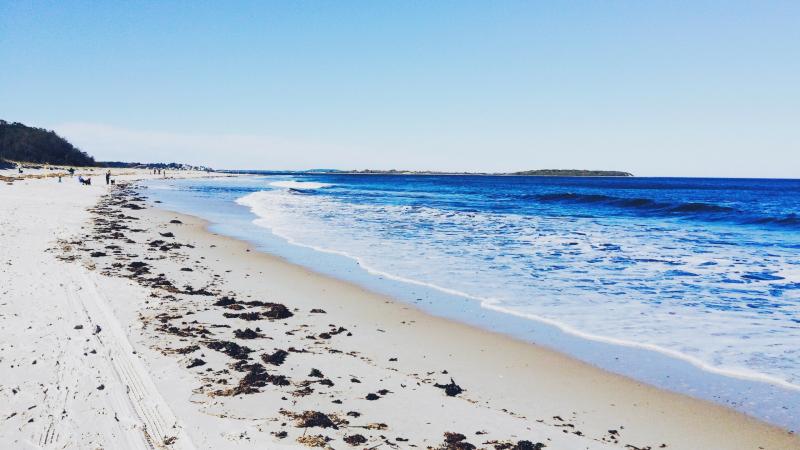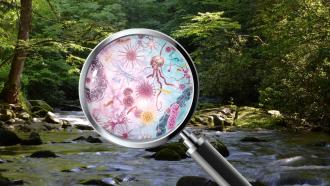
A group of researchers from Anna University, Chennai and University of Madras, Chennai have studied the influence of seawater intrusion on groundwater in the coastal aquifers of Kalpakkam in Tamil Nadu.
Seawater intrusion or the movement of seawater into the freshwater aquifer zone increases groundwater salinity, posing a huge environmental impact in coastal regions globally. Sea level rise and decrease in groundwater levels due to overexploitation can result in seawater intrusion; affecting major ions and nutrients in groundwater.
To understand the effects of such intrusion, researchers collected 33 groundwater samples from open and bore wells in the study area during post-monsoon and pre-monsoon seasons. The study area, covering 455 square kilometres, is surrounded by the Bay of Bengal in the east, the saline Edaiyur backwaters in the north, and Buckingham Canal in the west. These samples were then analysed for physico-chemical parameters such as major ions and stable isotopes.
Sodium (Na+) was found to be the dominant cation or positive ion, and chloride (Cl−) the dominant anion or negative ion during both seasons. Electrical conductivity (EC), Na+, and Cl− values were high in groundwater from wells near salt pans, Buckingham Canal, and the backwater regions, indicating salinization and seawater intrusion.
Around 45% of the groundwater samples showed presence of Na+ and Cl− ions, due to salinization; while around 21% had traces of other ions (Ca2+-Mg2+-Cl−), indicating silicate weathering-- where silicate rocks undergo weathering and the dust mixes with the water, and reverse ion exchange processes.
The results showed a strong positive correlation of Cl− with EC and other ions, indicating seawater intrusion and mixing of saline backwater with freshwater. Tests also suggest other effects, like influence of fertilizers and other anthropogenic activities, also affecting the quality of the groundwater. The seawater mixing index (SMI), based on four major ions (Na+, Mg2+, Cl−, and SO42−) was used to quantify seawater mixing with groundwater aquifers. The SMI values strongly suggest groundwater chemistry being controlled by saline water mixing.
Groundwater quality was calculated by comparing EC, Na+, Cl−, SMI, and stable isotope values with BIS (Bureau of Indian Standards) and WHO (World Health Organization) permissible limits.
The study reveals that about 201 square kilometres of the study area was found to be affected by salinization, with the groundwater classified as unsuitable for drinking.
“To overcome this situation, it is necessary to change the pumping pattern from shoreline to inland through construction of new well fields and the creation of freshwater ridges by rainfall recharge methods, which effectively control sea water intrusion and recovery of groundwater quality” suggest the researchers as one of the solutions to the intrusion.






